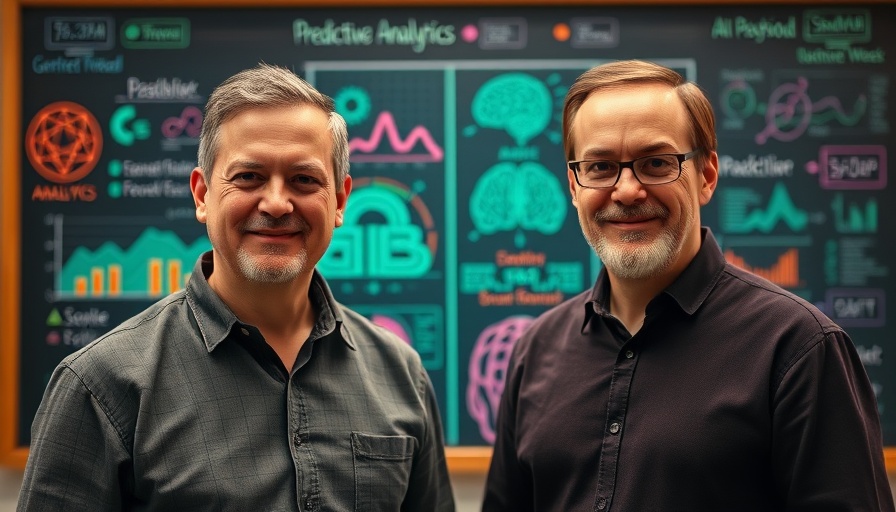
The Evolution of Fraud Detection in the Age of AI
Every financial transaction today faces a critical decision: is it fraudulent or not? With time constraints so tight—often less than 200 milliseconds—banking institutions have increasingly turned to artificial intelligence (AI) for timely and accurate decision-making.
In the video Fraud Detection with AI: Ensemble of AI Models Improve Precision & Speed, we dive into the future of fraud detection, analyzing how AI models are evolving to meet the challenges posed by sophisticated fraud tactics.
Traditional fraud detection models typically rely on structured data from past transactions, utilizing algorithms like decision trees and gradient boosting machines. These predictive models learn from historical patterns to identify usual indicators of fraud. However, as fraudsters invent novel tactics, these standard methods sometimes falter—especially when they encounter unstructured data, such as text descriptions or images, which lack clear parameters for analysis.
Understanding Ensemble AI Models: A New Approach
The video Fraud Detection with AI: Ensemble of AI Models Improve Precision & Speed introduces us to an innovative solution: the ensemble of AI models, which combines predictive machine learning (ML) with large language models (LLMs). This approach enables fraud detection systems to leverage the strengths of both structured data processing and nuanced language understanding.
While traditional predictive ML models excel in processing structured numerical data—such as transaction amount or user location—encoder LLMs can analyze unstructured data and extract insights that a typical model might miss. For instance, an encoder LLM could spot potentially fraudulent keywords or urgency in a transaction description that raises red flags in human interpretation as well.
Benefits of an Ensemble Approach
By creating an ensemble system, financial institutions can better process ambiguous transactions without escalating every query to human evaluators, thus optimizing resource allocation. The dual approach, where both types of models work in tandem, spells improved accuracy and efficiency in fraud detection systems.
This integration of AI models means that more transactions can be evaluated automatically, reducing the workload for human analysts. For example, if a transaction is flagged as uncertain by the predictive model, it can then be analyzed by an encoder LLM for further context-driven insights. If the LLM detects benign context, the transaction might proceed without delay, preventing unnecessary rejections.
The Role of Advanced Infrastructure
However, implementing these sophisticated models entails not only advanced algorithms but specialized hardware capable of low-latency processing in real-time. This is where AI accelerator chips come into play, enabling efficient handling of intensive computational requirements directly at the transaction point.
Implications for Various Sectors
The impact of AI-driven fraud detection extends beyond banking; it is relevant in sectors such as insurance, where claims processing can also benefit from AI's analytical prowess. In disaster scenarios, for instance, an ensemble model can quickly assess numerous claims, analyze images of property damage, and rank claims by urgency, streamlining operations and saving time for insurance agents during peak periods.
Looking Forward: The Future of Fraud Detection
As fraud tactics continue to evolve, the need for sophisticated detection mechanisms is paramount. The integration of multiple AI models promises to provide a robust defense against increasingly sophisticated fraudulent schemes. Financial institutions able to seamlessly blend these technologies are likely to remain competitive, effectively safeguarding both their resources and their customers' financial health.
The compelling advancements in AI underscore a broader trend towards smarter technology management in various industries. As we look to the future, understanding the intricacies of AI—particularly its implications and applications—will be crucial for fostering innovation and effective risk management.
 Add Row
Add Row  Add
Add 




Write A Comment